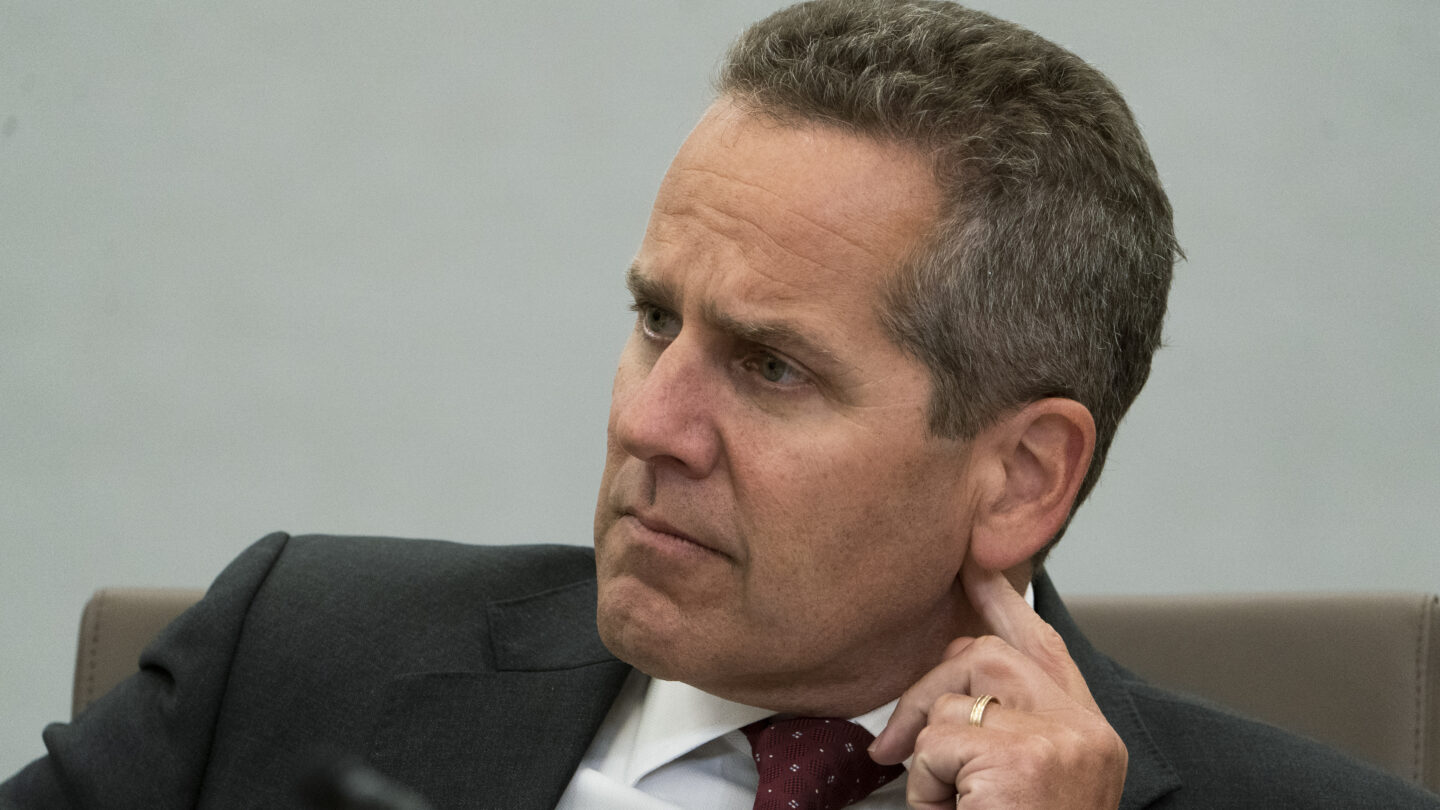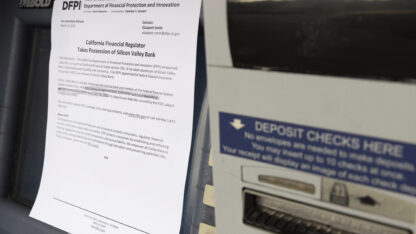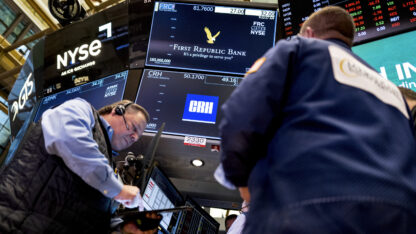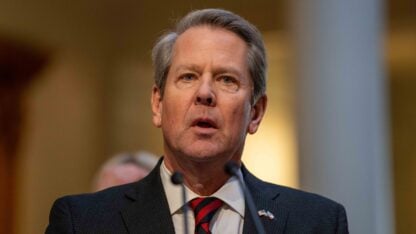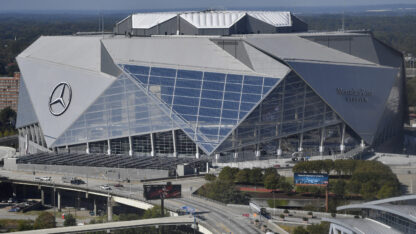The nation’s top financial regulator pledged Monday that the Federal Reserve and other agencies will take whatever steps they deem necessary to protect depositors and the banking system two weeks after two large bank collapses triggered financial turmoil in the United States and Europe.
Regulators “are prepared to use all of our tools for any size institution, as needed, to keep the system safe and sound,” Michael Barr, the Fed’s vice chair for supervision, said in written testimony that will be delivered Tuesday at a hearing of the Senate Banking Committee.
The Senate panel will hold the first formal congressional hearing on the failures of Silicon Valley Bank and New York-based Signature Bank and the shortcomings of supervision and regulation, by the Fed and other agencies, that preceded them. The committee will also likely question Barr and other officials about the government’s response, including its emergency decision to insure all the deposits at both banks, even though the vast majority exceeded the $250,000 limit on insured deposits.
The Fed has come under harsh criticism by groups advocating tighter financial regulation for failing to adequately supervise Silicon Valley Bank and prevent its collapse, and Barr will likely face tough questioning by members of both parties.
In his prepared testimony, Barr blamed the management of Silicon Valley Bank for its failure. But he also said he would ensure that the Fed “fully accounts for any supervisory or regulatory failings” in a previously announced review of the bank’s collapse.
